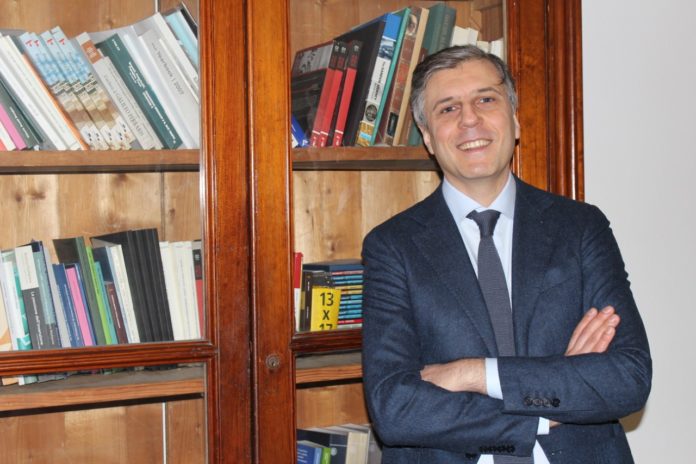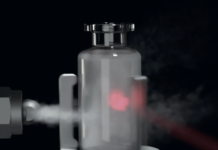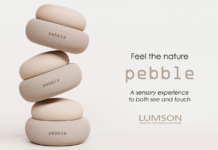
Packaging, a crucial element of the cosmetics sectors, has started its skin. Or, better, to change material in order to be more sustainable. Interview with Prof. Luigi De Nardo, Department of Chemistry, Materials and Chemical Engineering “Giulio Natta” Politecnico di Milano.
In the world of packaging as well, the question isn’t whether to be sustainable or not, but how to be. The roads taken can be different but the goal remains the same: to decrease the impact on the ecosystem.
On this path towards sustainability, the support of universities and recycling centers is fundamental. Innovation and research constitute, in fact, the motor drives the development of society as well tis conservation. Politecnico of Milano has give life to important research in sustainable pack, first in the food sector and then in the cosmetics as well. To tell us about discoveries and sustainable innovations is Prof. Luigi de Nardo.
Speaking of packaging, what are the challenges that you’re working on?
The main challenges regard sustainability. And also the goal of research is to provide the key players in the sector with insights and useful guidance about innovation that takes into economic, social and environmental aspects. The principle of the 3Rs (Reduce, Reuse, Recycle) is just a pre-requisiste. The approach has to focus on the processes that involves the entire lifecycle of packaging.
“the biggest limitations to sustainability are the characteristics of cosmetic packaging”
what are the main problems that you face in the cosmetic sector?
The biggest limitations are represented by the very characteristics of cosmetic packaging. First, the beauty packaging needs to accomplish 2 key functions: to contain the product and preserve it from the risk of contamination and any other alterations. The material used to make packaging have to thus answer to technical features, regulations and specific aesthetics.
Second, the packaging is made for the most part by various components of different materials as each answers to a specific function. All this places limits on recycling and the use of alternative materials.
In what way is research moving to overcome these problems?
Focusing on mono-material packaging and acting on various layers of protection to create a barrier against external agents. From the point of view of end-of-life there’re two possible roads:
- develop recyclable materials or
- develop compostable materials
Currently our research is focused on the development of recyclable materials.

What are the projects you’re working on in the food industry that could be used in cosmetics?
To create compostable packaging with a high performing barrier because we have to protect the product from contamination and from the thermic shock. We’re also working on plastic materials from renewable sources and materials obtained from food scraps.
What are the most innovative solutions that yo have been developed in the last few years?
Among the most innovative solutions are the smart packaging and the active packaging capable of improving the shelf-life of products. How? Thanks to a controlled release of natural anti-oxidants like Vitamin E or due to a microbiological and thermal control. It’s a technology that we’ve developed for other sector, but that can be very interesting for cosmetics as well. To increase the life of a product means reducing waste and packaging to dispose of down the line.
“the future? mono-materials, active and smart packaging…”




















